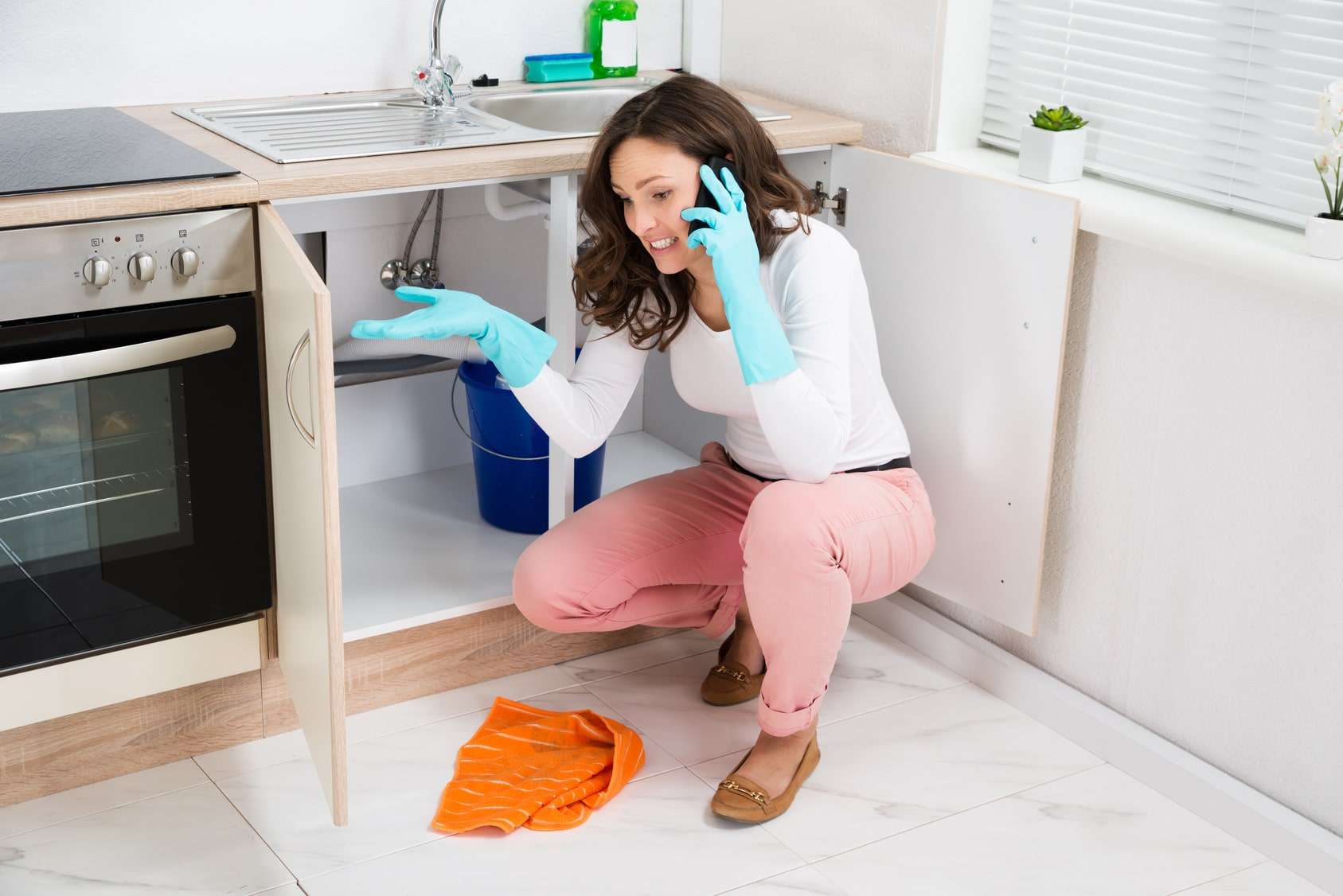Discover the Key Factors Leading To Water Leak Issues Within Your House
Discover the Key Factors Leading To Water Leak Issues Within Your House
Blog Article
The content down below in relation to Common Water Leaks In House is rather enlightening. You should check this stuff out.

Leaks not only trigger waste of water yet can additionally cause unnecessary damages to your house as well as promote undesirable organic growth. However, water leakages might go undetected since the majority of the pipework in our house is hidden. By recognizing and also looking for everyday circumstances that cause leakages, you can safeguard your house from future leaks and unneeded damages. Today, we will look at six leak triggers that may be triggering your pipes to drip.
Intruding roots
A lot of water leakages start outside the home instead than inside it. You might discover damp spots or sinkholes in your yard, as well as that may suggest that tree origins are invading water lines triggering water to leak out.
Rusty water supply
As time goes by, your plumbing system ages and also corrosion such as rust may start eating away the pipes. This might be the root cause of staining or warping on your water pipes. This calls for an assessment with your plumber quickly. If our plumbing system is old, take into consideration changing the pipelines considering that they are at a higher threat of rust than the newer models.
Defective Pipeline Joints
Pipeline joints can deteriorate over time, resulting in water leakages. If you have loud pipes that make ticking or banging sounds, especially when the hot water is turned on, your pipeline joints are most likely under a great deal of pressure.
Instantaneous temperature level adjustments.
Extreme temperature changes in our pipelines can create them to expand as well as get unexpectedly. This development and contraction might cause cracks in the pipes, specifically if the temperature are below freezing. It would certainly be best if you kept an eye on exactly how your plumbing functions. The existence of the formerly pointed out conditions frequently suggests a high threat.
Poor Water Connectors
At times, a leakage can be created by loosened pipes and also pipelines that supply your appliances. In case of a water connections leak, you may see water running straight from the supply line or puddles around your home appliances.
Obstructed Drains
Blocked drains could be annoying and inconveniencing, however they can in some cases wind up causing an overflow bring about break pipes. Keep getting rid of any type of materials that may decrease your drains pipes that can obstruct them to prevent such aggravations.
All the above are sources of leaks however not all water leaks result from plumbing leaks; some leaks may come from roof leaks. All leaks should be repaired promptly to avoid water damage.
Leaks not only trigger waste of water but can also cause unnecessary damages to your house as well as advertise undesirable organic development. By looking as well as understanding for day-to-day situations that cause leakages, you can safeguard your residence from future leaks as well as unneeded damages. Today, we will look at six leakage creates that may be creating your pipelines to trickle.
At times, a leakage can be caused by loose hoses and pipelines that supply your appliances. In situation of a water links leak, you may see water running directly from the supply line or pools around your appliances.
How To Check For Water Leak In Your Home
How To Check for Leaks
The average household's leaks can account for nearly 10,000 gallons of water wasted every year and ten percent of homes have leaks that waste 90 gallons or more per day. Common types of leaks found in the home are worn toilet flappers, dripping faucets, and other leaking valves. These types of leaks are often easy to fix, requiring only a few tools and hardware that can pay for themselves in water savings. Fixing easily corrected household water leaks can save homeowners about 10 percent on their water bills.
To check for leaks in your home, you first need to determine whether you're wasting water and then identify the source of the leak. Here are some tips for finding leaks:
Take a look at your water usage during a colder month, such as January or February. If a family of four exceeds 12,000 gallons per month, there are serious leaks.
Check your water meter before and after a two-hour period when no water is being used. If the meter changes at all, you probably have a leak.
Identify toilet leaks by placing a drop of food coloring in the toilet tank. If any color shows up in the bowl after 10 minutes, you have a leak. (Be sure to flush immediately after the experiment to avoid staining the tank.)
Examine faucet gaskets and pipe fittings for any water on the outside of the pipe to check for surface leaks.
Undetected water leaks can happen without the home or business owner even realizing. If you suspect a water leak, but not able to find the source. It is time to contact a professional water leak detection service, The Leak Doctor.
How To Find a Water Leak In Your Home
https://www.leakdoctor.com/blog/How-To-Check-For-Water-Leak-In-Your-Home_AE197.html

I was made aware of that write-up about How to detect water leaks in your home from a good friend on a different web blog. Are you aware of anybody else who is in the market for the niche? Take a moment to share it. We cherish reading our article about How to detect water leaks in your home.
Professional help? Ring! Report this page